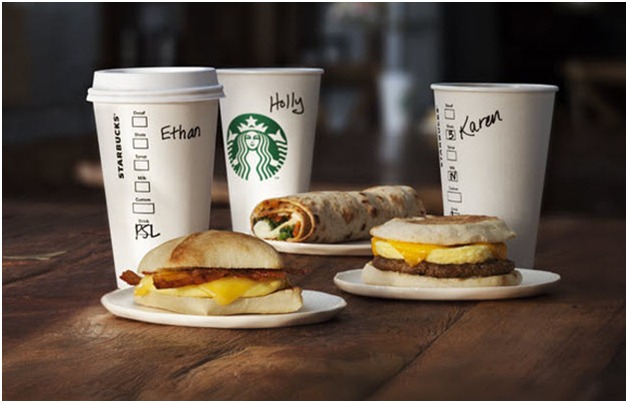In 2008, Starbucks introduced heated breakfast sandwiches to its menu in order to increase early morning business. Unfortunately, the smell of reheated, processed food overpowered the glorious scent of freshly ground coffee (the olfactory logo once associated with the coffee chain), altering the ambience Starbucks prides itself on and causing a 1% drop in sales, as well as a 3% decrease in traffic for two straight quarters.
The Remedy?
Starbucks changed the recipes for their breakfast sandwiches to reduce their more aromatic properties. Profits rose and early morning guests returned.
The Power of the Nose
Walking down the street, it’s typical to be stopped dead in your tracks by the aroma of pizza wafting out of a nearby pizzeria, fresh baked bread from the corner bakery, or seasonal fruits sitting outside a local grocery store. Before you hear the guests ordering, before you even see the building, you smell the food and it draws you in.

The Takeaway
Our sense of smell is the most closely linked to memory, pleasure, and emotion. One breath of an aroma can bring back the best or worst memories of our childhood. This sense is so powerful 75% of our emotions are affected by it and, once a smell is associated with a memory, the connection never fades.
By branding your restaurant with an olfactory logo, you permanently associate that scent (be it coffee, herbs, or even pizza) in your guests’ minds with your restaurant.
Profiting Off Pungency
Aside from staying front of mind, an olfactory logo can help encourage guests to order more. In her doctoral thesis from Bournemouth University, Louise Ruth Blackwell found that people seated in a room with a high hedonic (or pleasurable) aroma, such as bacon, reported feeling hungrier than those seated in a neutral room or a room filled with a low hedonic rated aroma (like cabbage).
